Shanghai's 1933 Slaughterhouse
Rivers of cattle blood gone, a strange Escheresque building remains, the last of its kind.
Once one of the largest slaughterhouses in the East, this poured concrete building is a study in a strange Escher-esque beauty.
Built in 1933 in pre-Communist Shanghai, the four-story building was designed by British architects and built by Chinese developers with British concrete. Today the building is an eerie Gotham-Deco achievement in concrete, glass, and steel, and the last remaining of its design in the world.
Since its retirement as an abattoir the building has served many purposes, from medicine factory and cold storage to “lifestyle center” where Ferrari owners meet. But the building’s unique design emerges from its original purpose: slaughtering cattle.
The walls are 50 centimeters thick, and hollow to help control air temperature. Designed for efficiency, the hulking spiderweb of intertwining staircases, ramps, bridges and corridors was all part of guiding the flow both of thousands of workers to their stations, and of millions of cattle to their deaths.
Rough floor surfaces prevented cattle from slipping, even on blood-slick floors. The lovely lattice windows on the outside were built to create maximum air circulation. The entire building was built around a central atrium that let in natural light. Cattle were herded through “air bridges” of varying width which controlled the animals’ flow, and the building’s sharp angles allowed small spaces for people to stand in, in case the cattle began to panic.
However, despite the utilitarian purpose of the building, much thought was put into its style and decoration. The building is filled with decorative elements, such as beautifully designed Art Deco motifs in many of the windows and “flowering” columns. There is even a religious element to the design. All the windows were built facing west, the direction of the Buddhist holy land. This was thought to help aid the cattle’s process of reincarnation. On a more practical note, it is also the wind direction in Shanghai and helped to counter the smell of slaughter.
Ultimately it is the interlocking staircases and twenty-six “air bridges” of varying width that connect the outer areas with the circular core that give the building its mind-bending M.C. Escher quality.
If you’re interested in urban exploration, architecture, or are looking for a stunning photo backdrop, 1933 Slaughterhouse is a must-see.
Know Before You Go
The location is very popular with Shanghai millennials. If you're hoping to take purely architectural photos (e.g. devoid of people), be prepared to wait for just the right moment.
Don’t miss the Art Deco former incinerator for the carcasses across the road.
Community Contributors
Added by
Edited by
Plan Your Trip
The Atlas Obscura Podcast is Back!











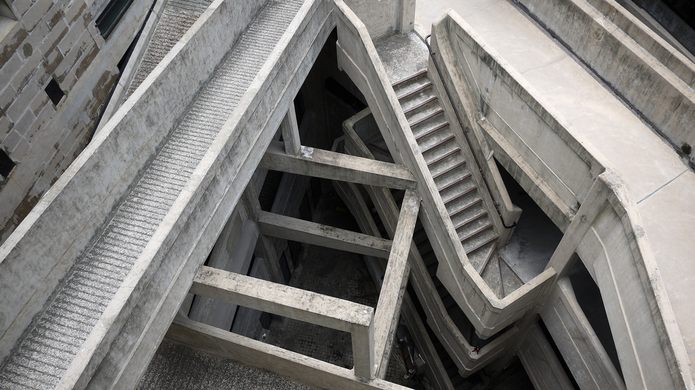
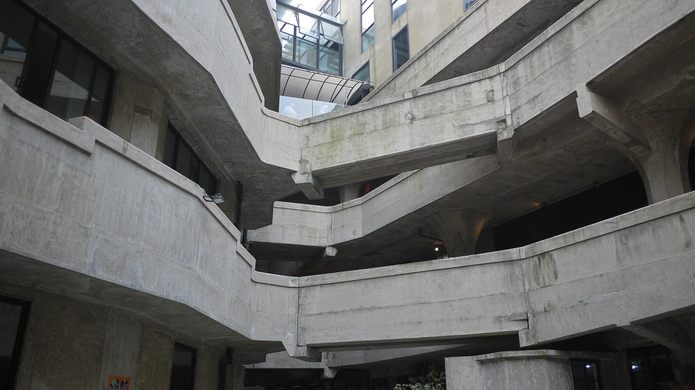
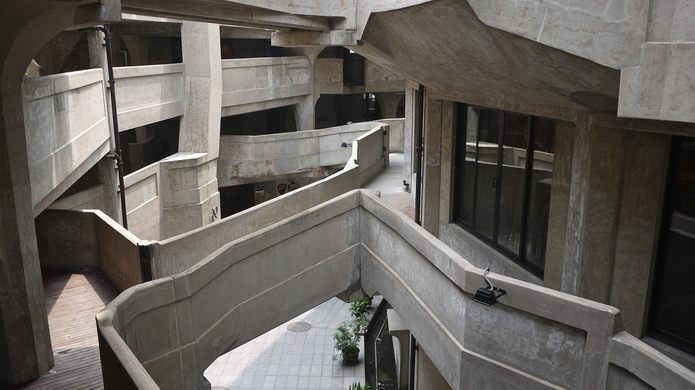
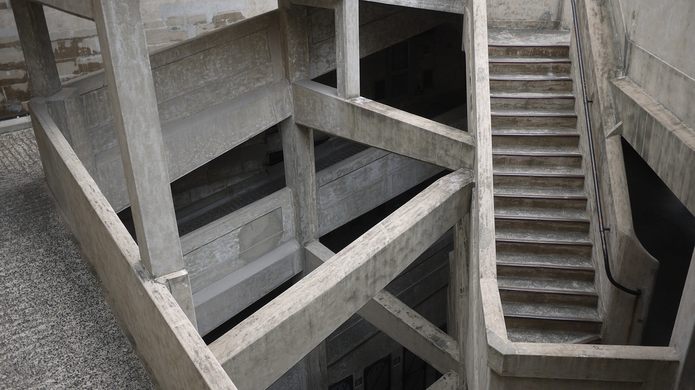


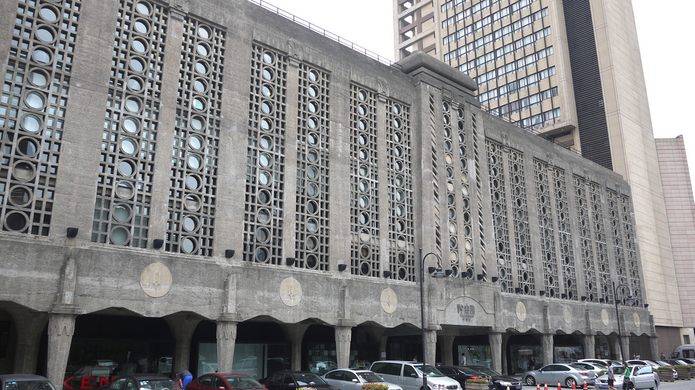





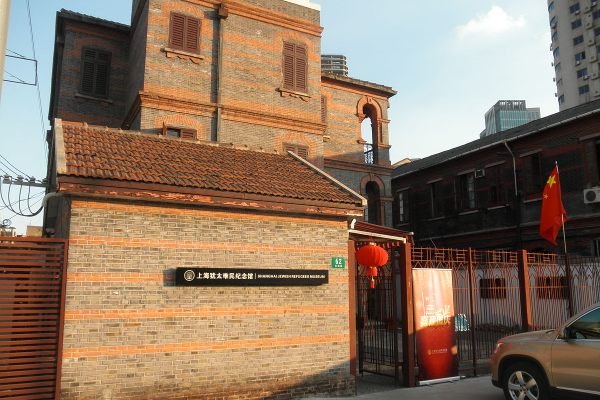





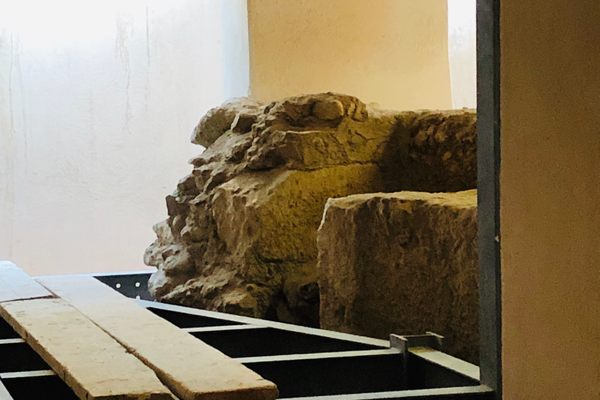


Follow us on Twitter to get the latest on the world's hidden wonders.
Like us on Facebook to get the latest on the world's hidden wonders.
Follow us on Twitter Like us on Facebook